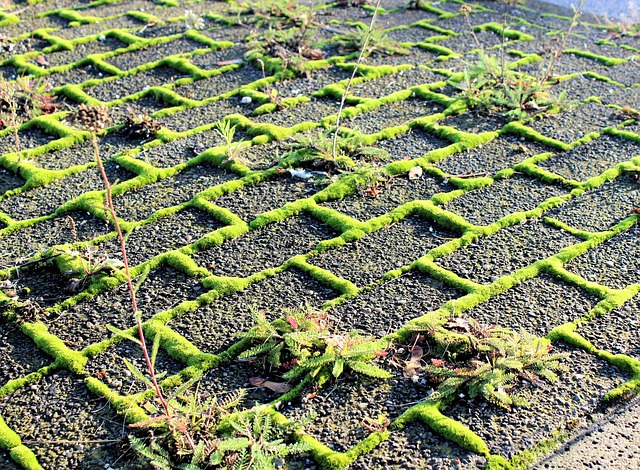There is a purpose to paving a portion of a garden. Because in addition to paving paths, walkways, and sitting areas, well-chosen paving visually enriches the garden space. In the past, the only materials used to pave gardens and important areas were those available locally. Often it was rocks such as:
– porphyry
– granite
– basalt
– sandstone
These natural stones were brought from the immediate vicinity of the garden and are still valued. However, there is a wide variety of other materials as well.
Paths through the garden
Paths through the garden should be made when the garden is created, if possible, so that they do not have to be laid later over the finished and planted flower beds. For country gardens, natural stone is most suitable. Chipped, broken, or cut.
– Granite
– Rutile
– Quartzite or quartzite
Natural stone for garden paths
– One of the most widely used and popular stones in our country is sandstone. This stone is also characterized by an interesting range of colors, from pale yellow and pinkish hues to bluish gray.
-Opalalso stands out very well in gardens. Cream to yellowish tones can be seen. However, some species decay over time.
– Slate
Slate
is a dense, hard, and very durable stone. This material has a very interesting appearance, especially when strict geometric shapes are used.
Laying
– If the garden has a traditional house, broken stone is most suitable. For hewn stone, cut stone should be used. Granite paving stones, for example, work very well here.
– Cottages and modern buildings, on the other hand, require smoother surfaces. For less-traveled paths and small gardens, so-called stepping stones simply laid on the lawn are ideal.